Home>Furniture & Design>Outdoor Furniture>How To Install Outdoor Rinnai Tankless Water Heater
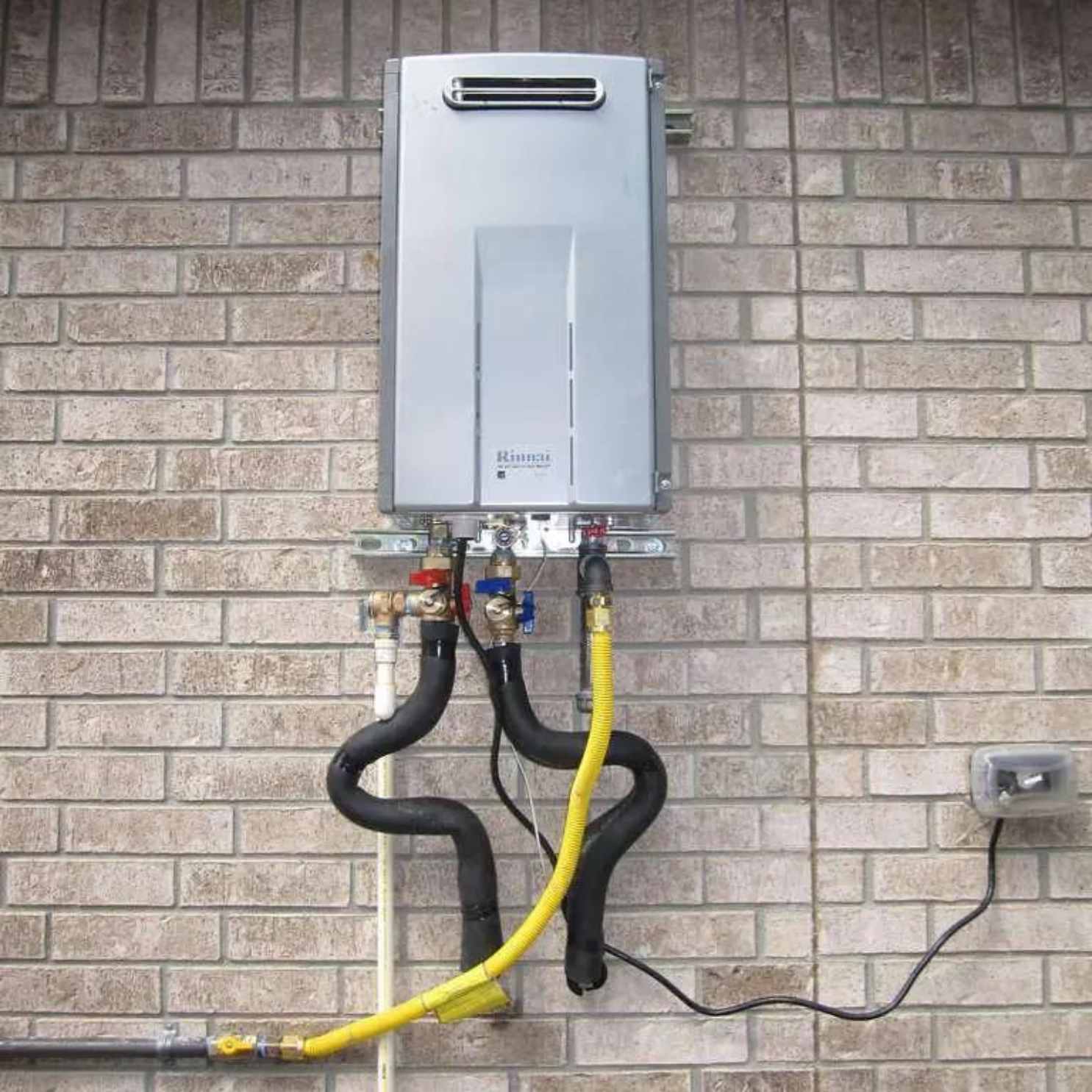

Outdoor Furniture
How To Install Outdoor Rinnai Tankless Water Heater
Modified: May 6, 2024
Learn how to properly install your outdoor Rinnai tankless water heater with our comprehensive guide. Ensure the longevity and efficiency of your outdoor-furniture-furniture-and-design investment.
(Many of the links in this article redirect to a specific reviewed product. Your purchase of these products through affiliate links helps to generate commission for Storables.com, at no extra cost. Learn more)
Introduction
Welcome to the ultimate guide on installing an outdoor Rinnai tankless water heater! Whether you're looking to upgrade your current water heating system or embarking on a new installation project, this comprehensive guide will walk you through the process step by step. A tankless water heater offers numerous benefits, including energy efficiency, space savings, and a constant supply of hot water. By installing an outdoor Rinnai tankless water heater, you can enjoy the luxury of on-demand hot water while maximizing outdoor space and minimizing energy consumption.
In this guide, we'll cover everything you need to know to successfully install your outdoor Rinnai tankless water heater. From gathering the necessary tools and materials to testing the water heater, each step is crucial to ensure a seamless installation process. Additionally, we'll provide valuable insights and tips to help you make informed decisions throughout the installation journey.
Whether you're a seasoned DIY enthusiast or a first-time installer, this guide is designed to empower you with the knowledge and confidence to tackle the installation with ease. By following these detailed instructions and recommendations, you'll be well-equipped to set up your outdoor Rinnai tankless water heater efficiently and effectively.
So, let's dive in and embark on this exciting installation adventure. Get ready to transform your outdoor space with the convenience and luxury of a Rinnai tankless water heater!
Key Takeaways:
- Installing an outdoor Rinnai tankless water heater offers energy efficiency, space savings, and a constant supply of hot water. It’s a transformative addition to any outdoor space, providing luxury and convenience.
- Carefully selecting the installation location and conducting thorough testing are crucial for a successful installation. Prioritize safety, compliance, and long-term maintenance to maximize the benefits of your new water heater.
Step 1: Gather Necessary Tools and Materials
Before diving into the installation process, it’s essential to gather all the required tools and materials to ensure a smooth and efficient workflow. Here’s a comprehensive list of the items you’ll need:
- Rinnai Tankless Water Heater: Select the appropriate model based on your hot water needs and outdoor space requirements. Ensure that the unit is designed for outdoor installation and is compatible with your local climate.
- Gas Piping and Fittings: High-quality gas piping and fittings are essential for connecting the water heater to the gas supply. Be sure to use materials that comply with local building codes and safety standards.
- Water Piping and Fittings: Gather the necessary water piping and fittings to connect the water heater to the water supply. Opt for durable, corrosion-resistant materials to ensure long-term performance.
- Venting Components: Depending on the unit’s specifications, acquire the appropriate venting components, such as vent pipes, elbows, and termination kits. Proper venting is crucial for the safe operation of the water heater.
- Tools: Prepare a set of essential tools, including pipe wrenches, adjustable wrenches, tubing cutters, a drill with appropriate bits, a level, a screwdriver set, and a propane torch for soldering, if applicable.
- Gas Shutoff Valve: You’ll need a gas shutoff valve to control the flow of gas to the water heater during installation and maintenance procedures. Safety should always be a top priority when working with gas appliances.
- Pressure Relief Valve: Ensure you have a pressure relief valve to safeguard the water heater from excessive pressure buildup. This critical component helps maintain a safe operating environment.
- Pipe Insulation: Consider investing in pipe insulation to minimize heat loss and improve energy efficiency. Insulating the hot water pipes can help conserve energy and reduce standby heat loss.
- Sealant and Teflon Tape: High-quality sealant and Teflon tape are essential for creating watertight and airtight seals when connecting pipes and fittings. Choose products compatible with your plumbing materials.
- Electrical Supplies: If the water heater requires electrical connections, gather the necessary electrical supplies, such as wiring, junction boxes, and electrical connectors. Ensure compliance with local electrical codes.
By assembling all the essential tools and materials beforehand, you’ll be well-prepared to commence the installation process without unnecessary interruptions. Additionally, it’s advisable to review the manufacturer’s guidelines and installation manual to confirm the specific requirements for your Rinnai tankless water heater model.
Step 2: Choose the Right Location
Selecting the optimal location for your outdoor Rinnai tankless water heater is a crucial decision that can significantly impact its performance and longevity. Here are key considerations to guide you in choosing the right location:
- Outdoor Accessibility: Identify a location that provides easy access for installation, maintenance, and potential repairs. Ensure there is ample space around the unit for unhindered operation and serviceability.
- Protection from Elements: Shield the water heater from direct exposure to harsh weather conditions, such as heavy rain, snow, and extreme sunlight. Consider installing the unit under an overhang or protective shelter to prolong its lifespan.
- Clearance Requirements: Refer to the manufacturer’s guidelines to determine the required clearance around the water heater. Adequate clearance ensures proper ventilation, servicing access, and compliance with safety regulations.
- Proximity to Gas and Water Sources: Position the water heater in close proximity to the gas supply line and water source to minimize the length of piping and facilitate efficient connections. This can streamline the installation process and reduce material costs.
- Structural Support: Verify that the chosen location can accommodate the weight of the water heater and any additional support structures, such as mounting brackets or stands. A stable and level foundation is essential for safe and reliable operation.
- Noise Considerations: If noise is a concern, especially in residential settings, place the water heater in a location that minimizes the impact of operational noise on nearby living spaces. Consider factors such as distance from bedrooms and living areas.
- Future Serviceability: Anticipate future service and maintenance needs when selecting the location. Choosing a spot that allows for straightforward access to key components and service points can simplify future upkeep tasks.
- Local Regulations: Familiarize yourself with local building codes and regulations related to outdoor water heater installations. Compliance with these standards is essential to ensure safety and legal adherence.
By carefully evaluating these factors, you can identify the most suitable location for your outdoor Rinnai tankless water heater. Keep in mind that the chosen location should not only meet the immediate installation requirements but also contribute to the long-term efficiency and reliability of the water heating system.
Step 3: Prepare the Installation Area
Before commencing the actual installation of your outdoor Rinnai tankless water heater, it’s essential to prepare the designated area to ensure a safe, efficient, and compliant setup. Here are the key steps to prepare the installation area:
- Clean the Site: Clear the installation area of any debris, obstructions, or potential hazards. A clean and uncluttered work environment is essential for a smooth installation process and minimizes the risk of accidents.
- Level the Ground: Ensure that the ground or mounting surface is level and stable to provide a secure foundation for the water heater. Use a level to confirm the evenness of the installation surface.
- Prepare Support Structures: If necessary, assemble and prepare any support structures, such as mounting brackets or stands, to securely position the water heater in the designated location. Follow the manufacturer’s recommendations for support requirements.
- Verify Clearances: Confirm that the installation area provides the required clearances around the water heater as specified in the manufacturer’s guidelines. Adequate clearances are essential for ventilation, servicing, and safety compliance.
- Secure Venting Pathways: If venting components are required, ensure that the designated venting pathways are clear and unobstructed. Proper venting is critical for the safe and efficient operation of the tankless water heater.
- Assess Utility Connections: Verify the proximity and accessibility of the gas supply line and water source to the installation area. Plan the routing of the gas and water lines to minimize bends and optimize the efficiency of the connections.
- Review Safety Measures: Familiarize yourself with safety protocols and precautions related to gas and water installations. Ensure that all necessary safety equipment, such as gas leak detectors and fire extinguishers, is readily available at the installation site.
- Consider Future Access: Anticipate future service and maintenance needs when preparing the installation area. Position the water heater in a way that allows convenient access to key components for routine upkeep and potential repairs.
By diligently preparing the installation area, you can lay a solid foundation for the subsequent steps of the installation process. This proactive approach helps mitigate potential challenges and ensures that the installation proceeds smoothly and safely.
Step 4: Install the Water Heater Unit
With the installation area prepared, it’s time to proceed with installing the outdoor Rinnai tankless water heater unit. Follow these essential steps to ensure a successful installation:
- Position the Water Heater: Carefully position the water heater in the designated installation area, ensuring that it is level and securely supported. Refer to the manufacturer’s guidelines for specific placement recommendations.
- Secure Mounting: If the water heater requires mounting brackets or stands, securely attach them to the installation surface according to the manufacturer’s instructions. Ensure that the unit is firmly anchored to prevent movement or instability.
- Connect Water Lines: Connect the appropriate water lines to the inlet and outlet ports of the water heater, ensuring a secure and leak-free connection. Use the recommended fittings and materials compatible with the unit’s specifications.
- Connect Gas Supply: If you’re handling gas connections, carefully connect the gas supply line to the water heater, following all relevant safety protocols and local codes. Use approved gas piping and fittings for a reliable and safe connection.
- Electrical Connections (if applicable): If the water heater requires electrical connections, carefully follow the manufacturer’s instructions for wiring and electrical setup. Adhere to all electrical codes and safety standards.
- Verify Seals and Connections: Thoroughly inspect all water and gas connections to ensure they are properly sealed and free of leaks. Utilize sealant and Teflon tape as needed to create secure and watertight seals.
- Install Pressure Relief Valve: If not pre-installed, install a pressure relief valve on the water heater to safeguard against excessive pressure buildup. Ensure that the valve is properly positioned and connected according to the manufacturer’s guidelines.
- Test for Stability and Leaks: Once the water heater is installed and connected, perform a comprehensive stability check and leak test. Confirm that the unit is securely positioned and that there are no gas or water leaks from the connections.
By meticulously following these steps, you can effectively install the outdoor Rinnai tankless water heater unit, setting the stage for the subsequent stages of the installation process. Attention to detail and adherence to manufacturer’s guidelines are paramount during this critical phase of the installation.
Make sure to properly size the gas line and venting for your Rinnai tankless water heater to ensure it operates efficiently and safely. Always follow the manufacturer’s installation instructions.
Step 5: Connect the Water and Gas Lines
Connecting the water and gas lines to your outdoor Rinnai tankless water heater is a pivotal stage in the installation process. Proper execution of these connections is essential for the safe and efficient operation of the water heater. Here’s a detailed guide to connecting the water and gas lines:
- Water Line Connection: Begin by connecting the cold water supply line to the inlet port of the water heater and the hot water outlet line to the designated outlet port. Use high-quality water piping and fittings, ensuring secure and leak-free connections.
- Gas Line Connection: Carefully connect the gas supply line to the water heater, adhering to all relevant safety protocols and local building codes. Utilize approved gas piping and fittings to establish a reliable and secure gas connection.
- Pressure Testing: After connecting the water and gas lines, conduct a pressure test to verify the integrity of the connections. Pressurize the water and gas systems to the specified levels and meticulously inspect for any signs of leaks or irregularities.
- Sealant and Teflon Tape: Apply an appropriate sealant and Teflon tape to the threaded connections of the water and gas lines to ensure airtight and watertight seals. Follow the manufacturer’s recommendations for sealant application.
- Verify Compliance: Confirm that the water and gas line connections comply with the manufacturer’s guidelines and local regulations. Adherence to recommended installation practices is critical for the safe and reliable operation of the water heater.
- Final Inspections: Thoroughly inspect the water and gas line connections, checking for any signs of leaks, loose fittings, or irregularities. Address any identified issues promptly to ensure the integrity of the connections.
- Secure Fixtures: Securely anchor and support the water and gas lines to prevent movement or strain on the connections. Properly securing the fixtures contributes to the long-term stability and performance of the water heater.
By meticulously executing the water and gas line connections, you can establish the foundational infrastructure for the outdoor Rinnai tankless water heater’s operation. Attention to detail, precision, and compliance with safety standards are paramount during this critical phase of the installation process.
Step 6: Venting the Unit
Venting the outdoor Rinnai tankless water heater is a crucial aspect of the installation process, ensuring the safe and effective expulsion of combustion byproducts. Proper venting is essential for maintaining indoor air quality and safeguarding the surrounding environment. Here’s a comprehensive guide to venting the unit:
- Refer to Manufacturer’s Guidelines: Consult the manufacturer’s specifications and guidelines to determine the specific venting requirements for your Rinnai tankless water heater model. Different models may have distinct venting configurations and considerations.
- Choose Venting Components: Select the appropriate venting components, including vent pipes, elbows, termination kits, and any necessary adapters or accessories. Ensure that the chosen components align with the unit’s venting specifications.
- Plan Venting Pathways: Strategically plan the venting pathways to expel combustion byproducts safely and efficiently. Consider factors such as venting clearances, termination locations, and the avoidance of obstructions or air intakes.
- Assemble Venting System: Assemble the venting system according to the manufacturer’s instructions, ensuring secure connections and proper alignment of vent pipes, elbows, and termination components. Adhere to recommended clearances and slope requirements.
- Secure Venting Components: Securely anchor and support the venting components to maintain their stability and alignment. Properly supporting the venting system minimizes the risk of structural stress and ensures consistent performance.
- Seal Joints and Terminations: Seal the joints and terminations of the venting system using approved sealants and methods. Proper sealing is critical for preventing gas leaks and maintaining the integrity of the venting pathways.
- Conduct Venting Inspections: Thoroughly inspect the entire venting system, checking for proper clearances, secure connections, and compliance with the manufacturer’s guidelines. Address any identified issues promptly to ensure the safety and effectiveness of the venting system.
- Verify Compliance: Confirm that the venting system complies with local building codes, venting standards, and safety regulations. Adherence to these requirements is essential for the safe and reliable operation of the water heater.
By meticulously venting the outdoor Rinnai tankless water heater according to the manufacturer’s specifications and industry best practices, you can establish a safe and efficient venting system that promotes optimal performance and safety.
Step 7: Test the Water Heater
Testing the outdoor Rinnai tankless water heater is the final critical step in the installation process, ensuring that the unit operates as intended and delivers reliable hot water on demand. Here’s a comprehensive guide to testing the water heater:
- Initial Power-Up: Activate the water heater according to the manufacturer’s instructions, allowing it to initiate its startup sequence. Confirm that the unit powers up without any error codes or malfunctions.
- Hot Water Demand Test: Open multiple hot water fixtures in your home or facility to create a substantial hot water demand. Observe the water heater’s response to the demand, ensuring that it delivers a consistent supply of hot water without fluctuations or interruptions.
- Temperature Consistency Check: Measure the temperature of the hot water at various fixtures to verify that the water heater maintains a consistent and accurate hot water temperature. Adjust the unit’s temperature settings if necessary to achieve the desired hot water output.
- Flow Rate Assessment: Evaluate the water heater’s flow rate by running multiple fixtures simultaneously and monitoring the hot water delivery. Confirm that the unit can meet the anticipated hot water demand during peak usage periods.
- Performance Under Load: Introduce simulated load scenarios, such as running high-flow fixtures or appliances, to assess the water heater’s performance under increased demand. Ensure that the unit continues to deliver hot water reliably and consistently.
- Efficiency Evaluation: Monitor the water heater’s energy consumption and efficiency during operation, assessing its ability to minimize energy waste and optimize hot water production. Compare the unit’s performance to its specified efficiency ratings.
- Leak and Safety Checks: Conduct a comprehensive inspection for any signs of water or gas leaks around the water heater and its connections. Verify that all safety features, such as pressure relief valves, are functioning as intended.
- Compliance Verification: Confirm that the water heater installation and operation comply with local building codes, safety standards, and manufacturer’s guidelines. Address any identified non-compliance issues promptly.
By rigorously testing the outdoor Rinnai tankless water heater, you can ensure that the unit meets performance expectations, operates safely, and complies with all relevant standards and regulations. Thorough testing provides peace of mind and sets the stage for long-term satisfaction with your new water heating system.
Conclusion
Congratulations on successfully completing the installation of your outdoor Rinnai tankless water heater! By following the comprehensive steps outlined in this guide, you’ve taken a significant stride towards enhancing your outdoor space with the luxury of on-demand hot water. As you reflect on the installation journey, it’s essential to acknowledge the transformative impact of this innovative water heating solution.
With your new outdoor Rinnai tankless water heater in place, you can look forward to a host of benefits, including:
- Energy Efficiency: Enjoy the advantages of energy-efficient hot water production, minimizing waste and reducing your environmental footprint.
- Space Optimization: Free up valuable indoor space by relocating your water heating system outdoors, creating more room for other essential amenities.
- Endless Hot Water: Experience the convenience of endless hot water on demand, ensuring a consistent and reliable supply for your household or outdoor activities.
- Long-Term Savings: Benefit from potential long-term cost savings through reduced energy consumption and lower maintenance requirements.
- Enhanced Comfort: Elevate your outdoor living experience with the luxury of hot water for various applications, from outdoor showers to hot tubs and beyond.
As you revel in the advantages of your new water heating system, it’s important to prioritize ongoing maintenance and care to maximize its performance and longevity. Regular inspections, maintenance checks, and adherence to manufacturer’s recommendations will contribute to the sustained efficiency and reliability of your Rinnai tankless water heater.
Furthermore, sharing your installation experience and the benefits of a tankless water heater with others can inspire and inform fellow enthusiasts and homeowners seeking innovative outdoor solutions. Your journey can serve as a testament to the transformative power of modern water heating technology and the potential for outdoor spaces to evolve into multifunctional, luxurious environments.
Embrace the newfound comfort, convenience, and efficiency that your outdoor Rinnai tankless water heater brings, and revel in the countless memorable moments it will facilitate in your outdoor oasis.
Here’s to a future filled with endless hot water and delightful outdoor experiences!
Now that you're all set with your outdoor Rinnai tankless water heater installation, why not ensure you have the best model for your needs? Dive into our detailed review of the 12 best tankless water heaters for 2024 to find top picks that promise efficiency, reliability, and performance tailored for 2024. Whether upgrading or choosing your first unit, this guide simplifies the selection process, helping you make an informed decision for your home.
Frequently Asked Questions about How To Install Outdoor Rinnai Tankless Water Heater
Was this page helpful?
At Storables.com, we guarantee accurate and reliable information. Our content, validated by Expert Board Contributors, is crafted following stringent Editorial Policies. We're committed to providing you with well-researched, expert-backed insights for all your informational needs.
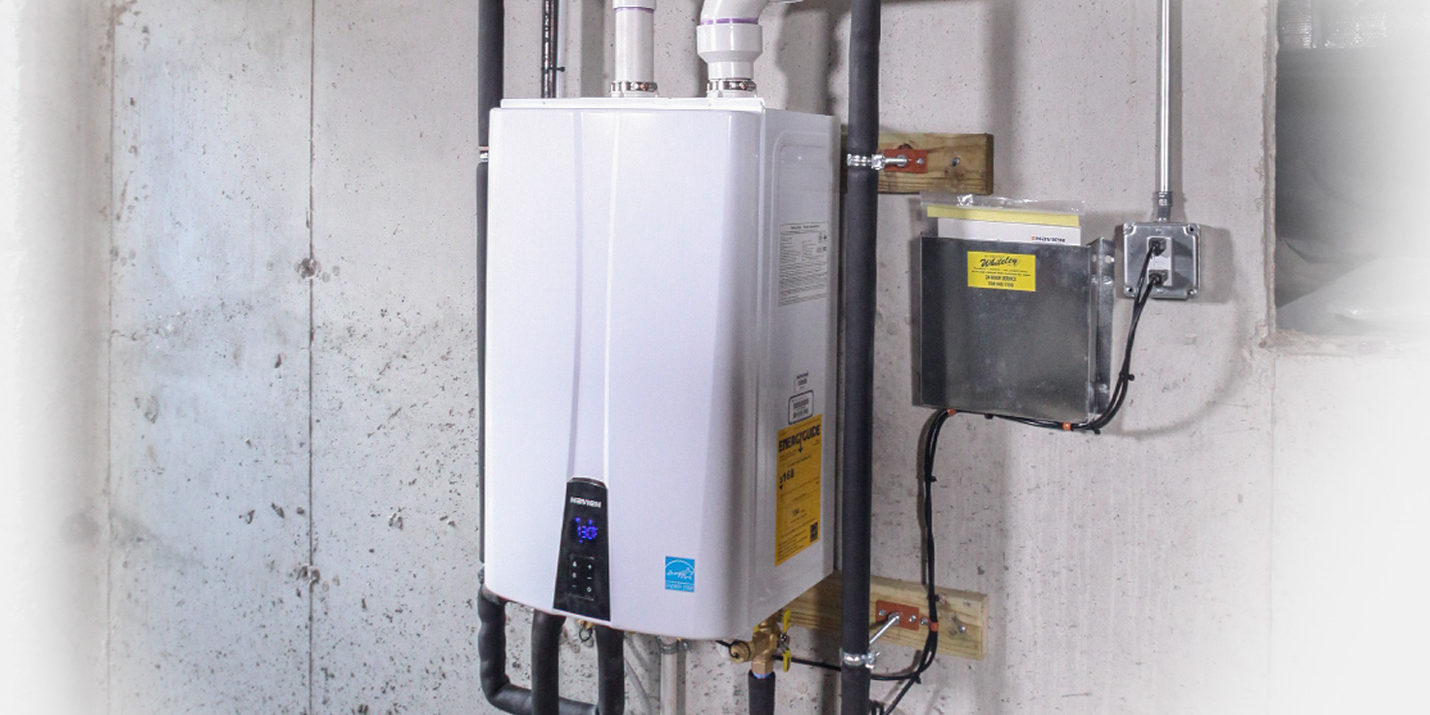
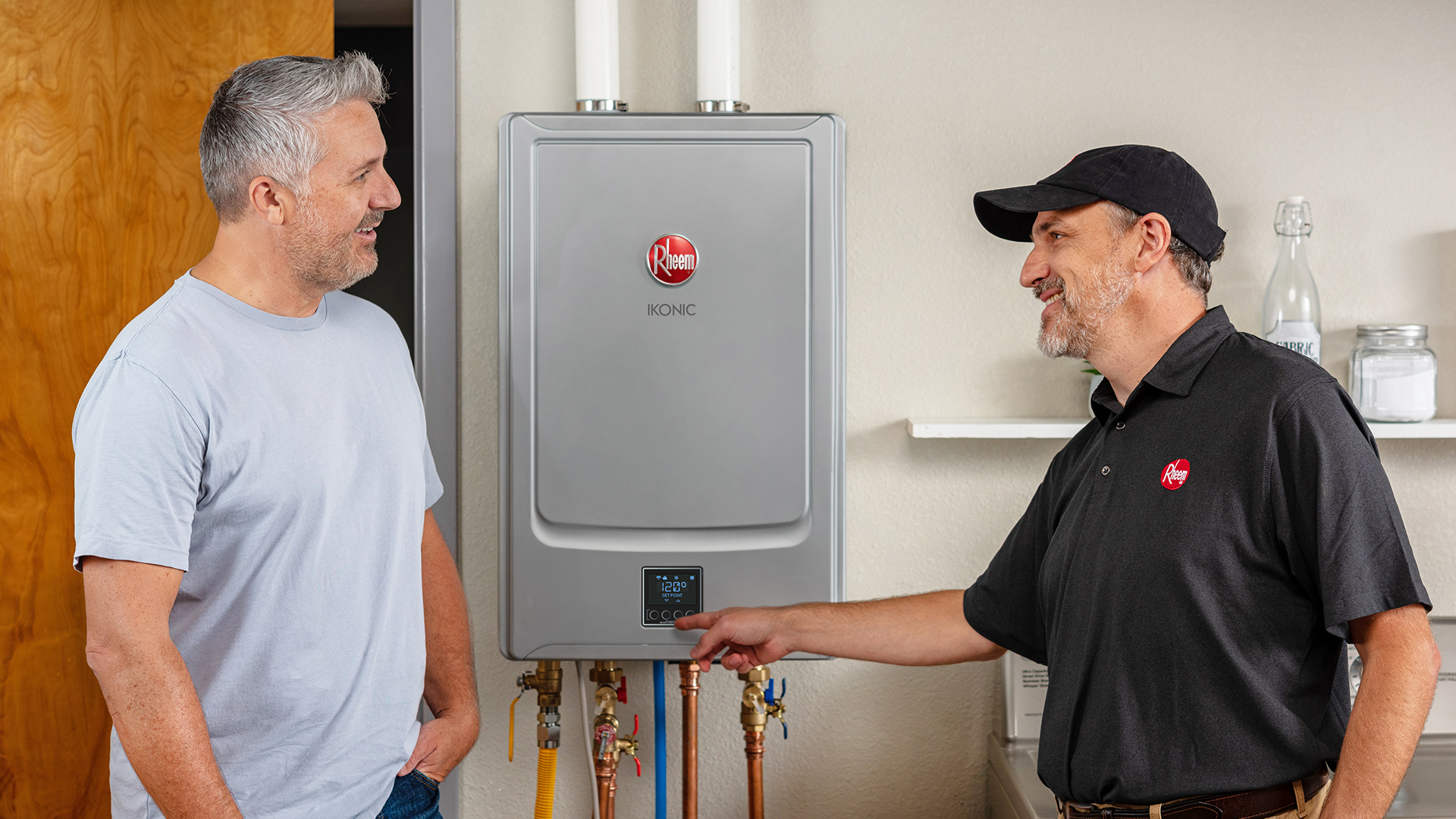
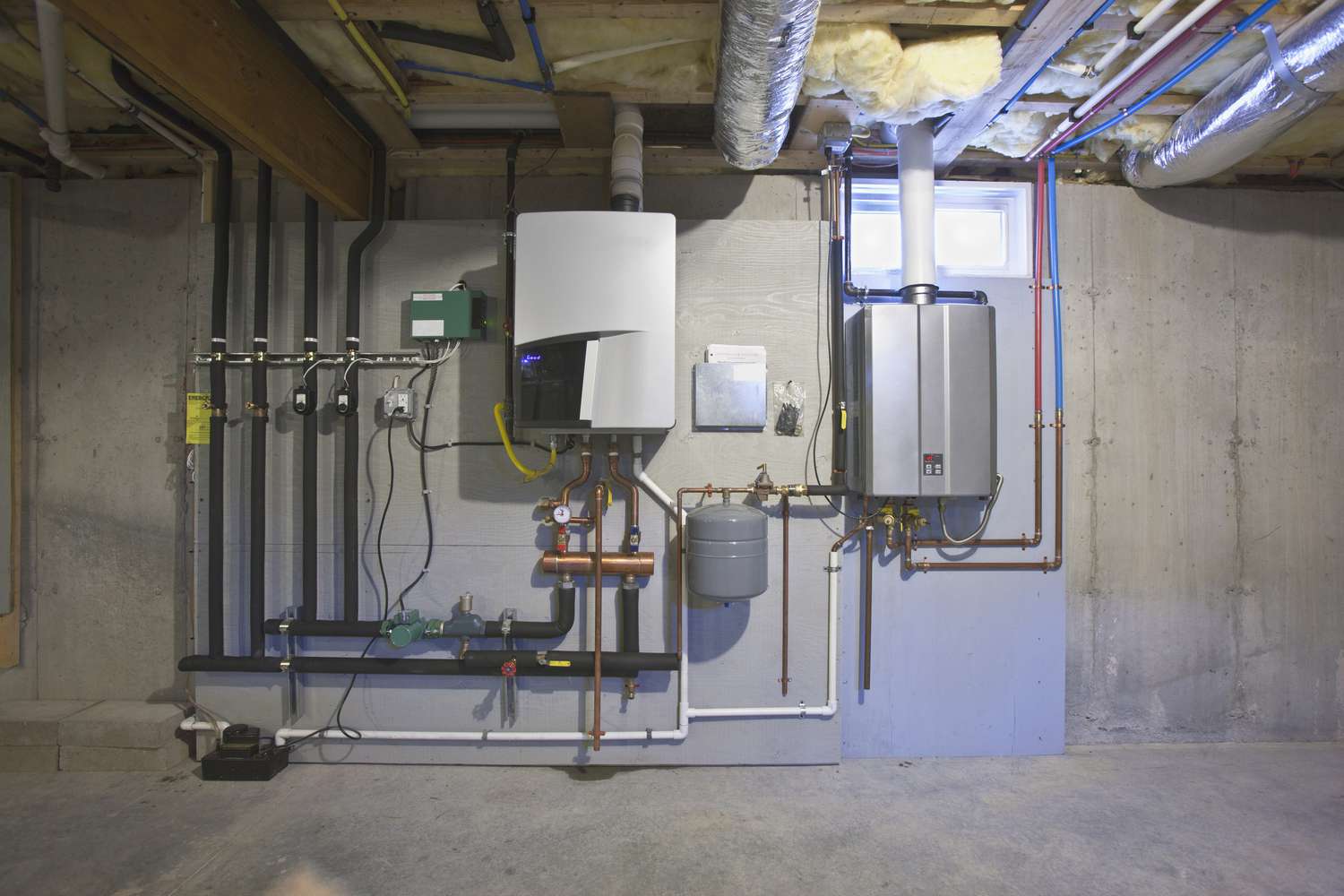
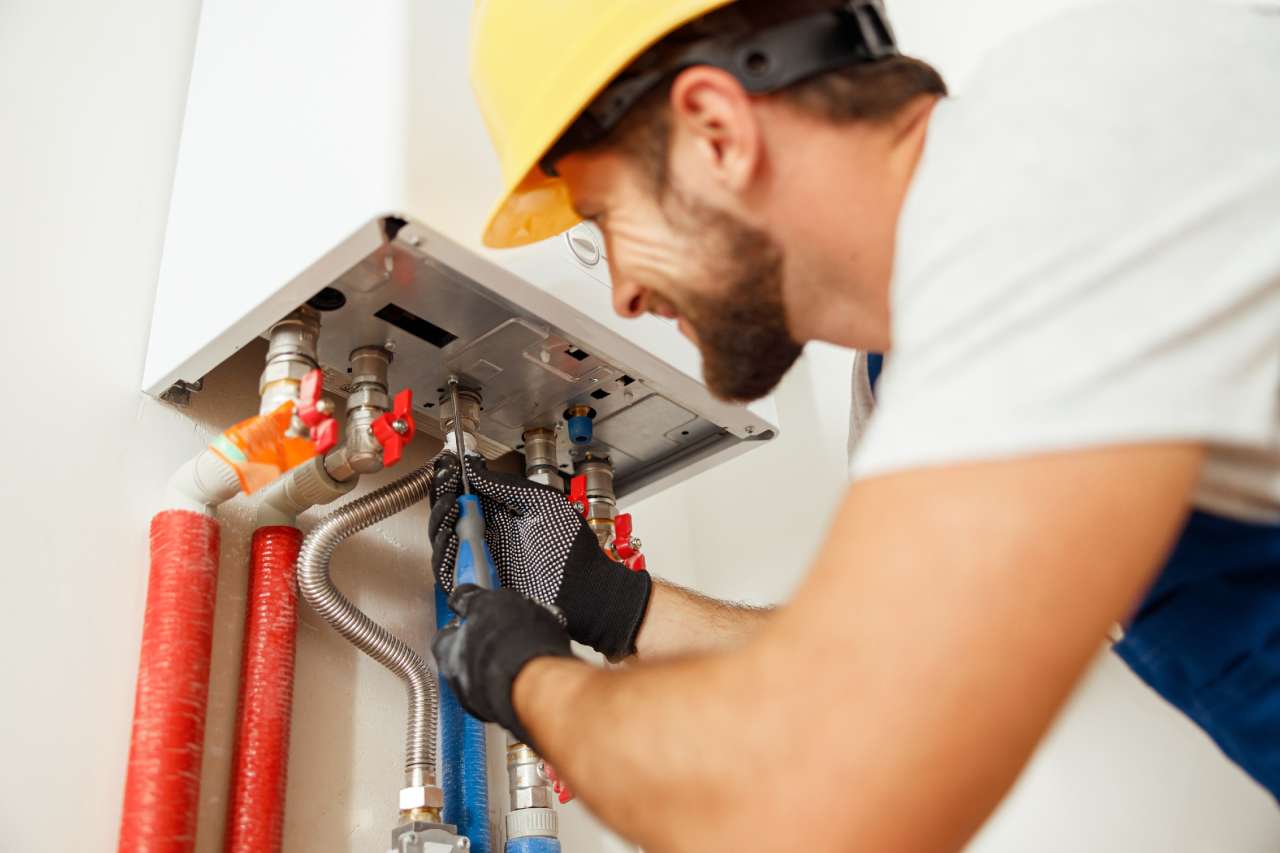
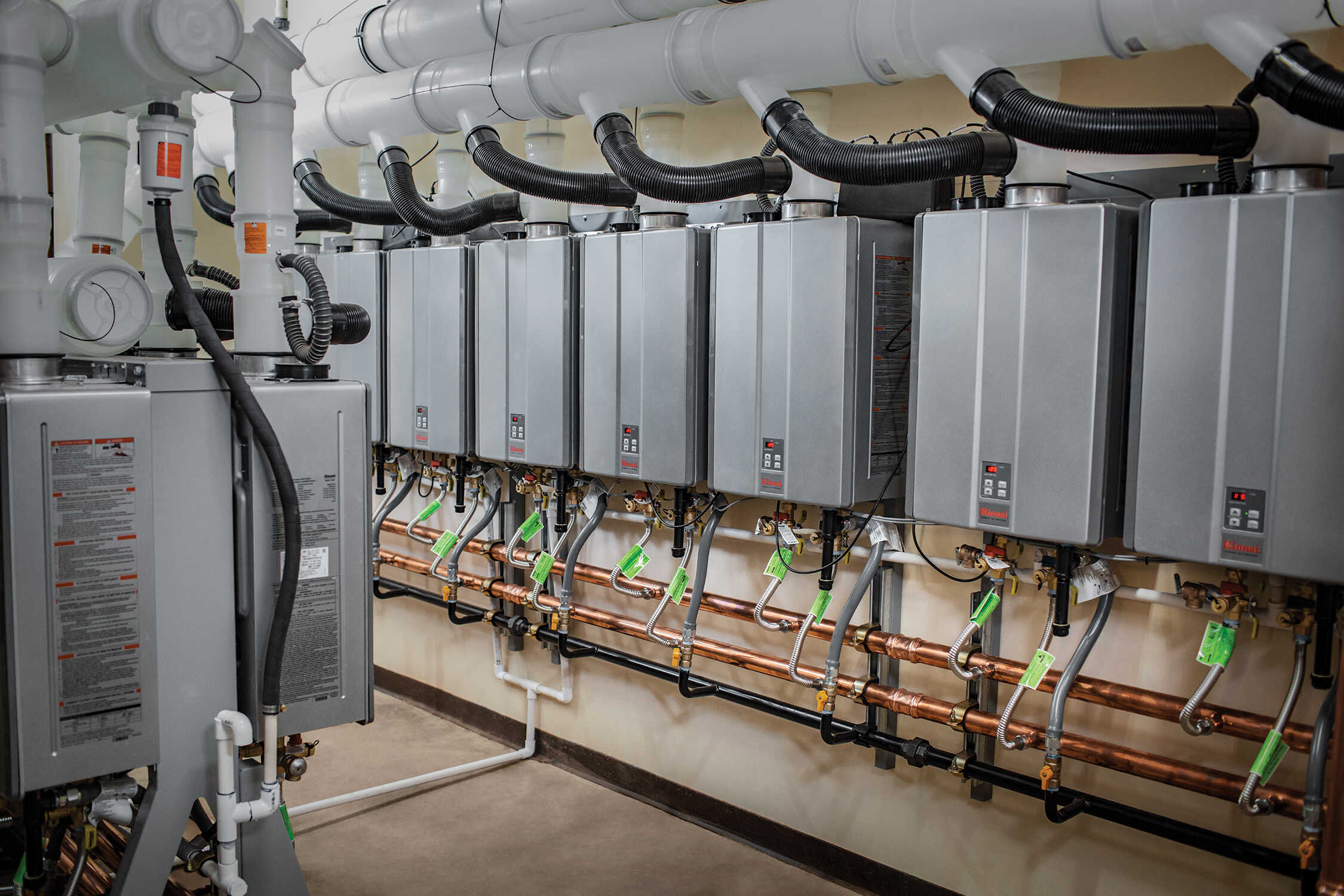
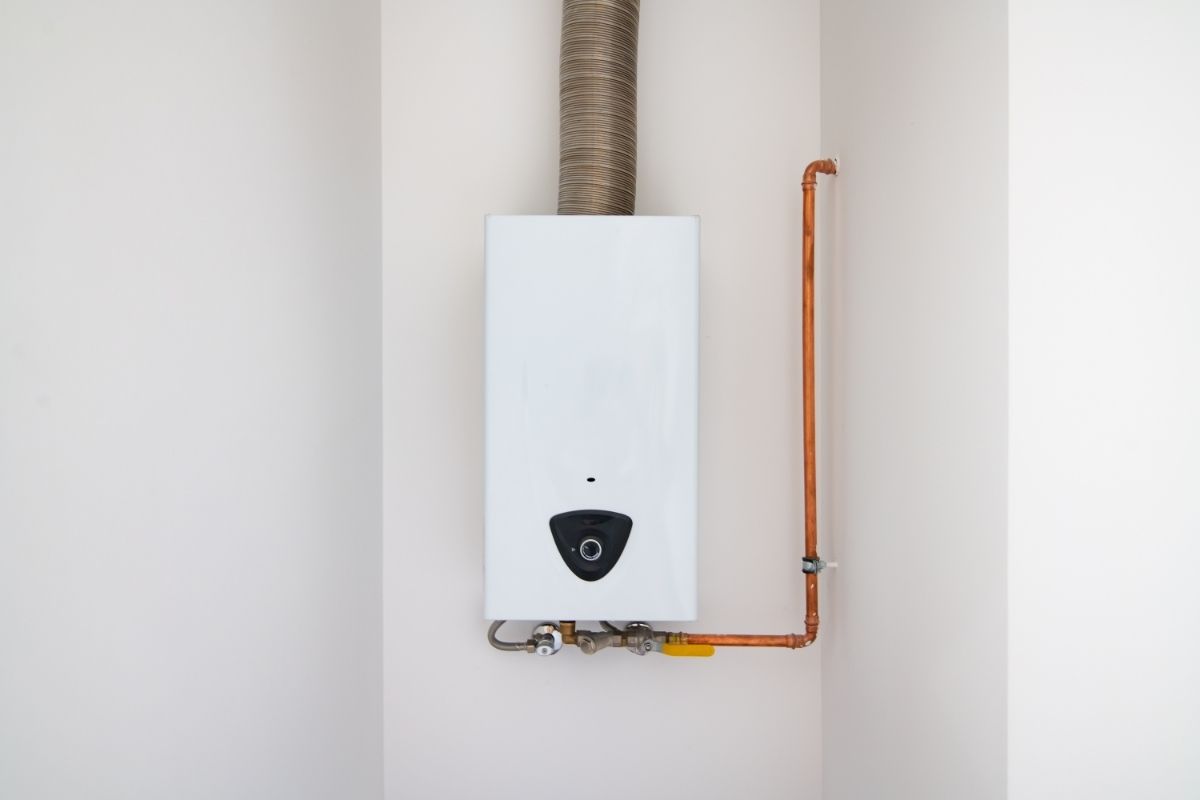
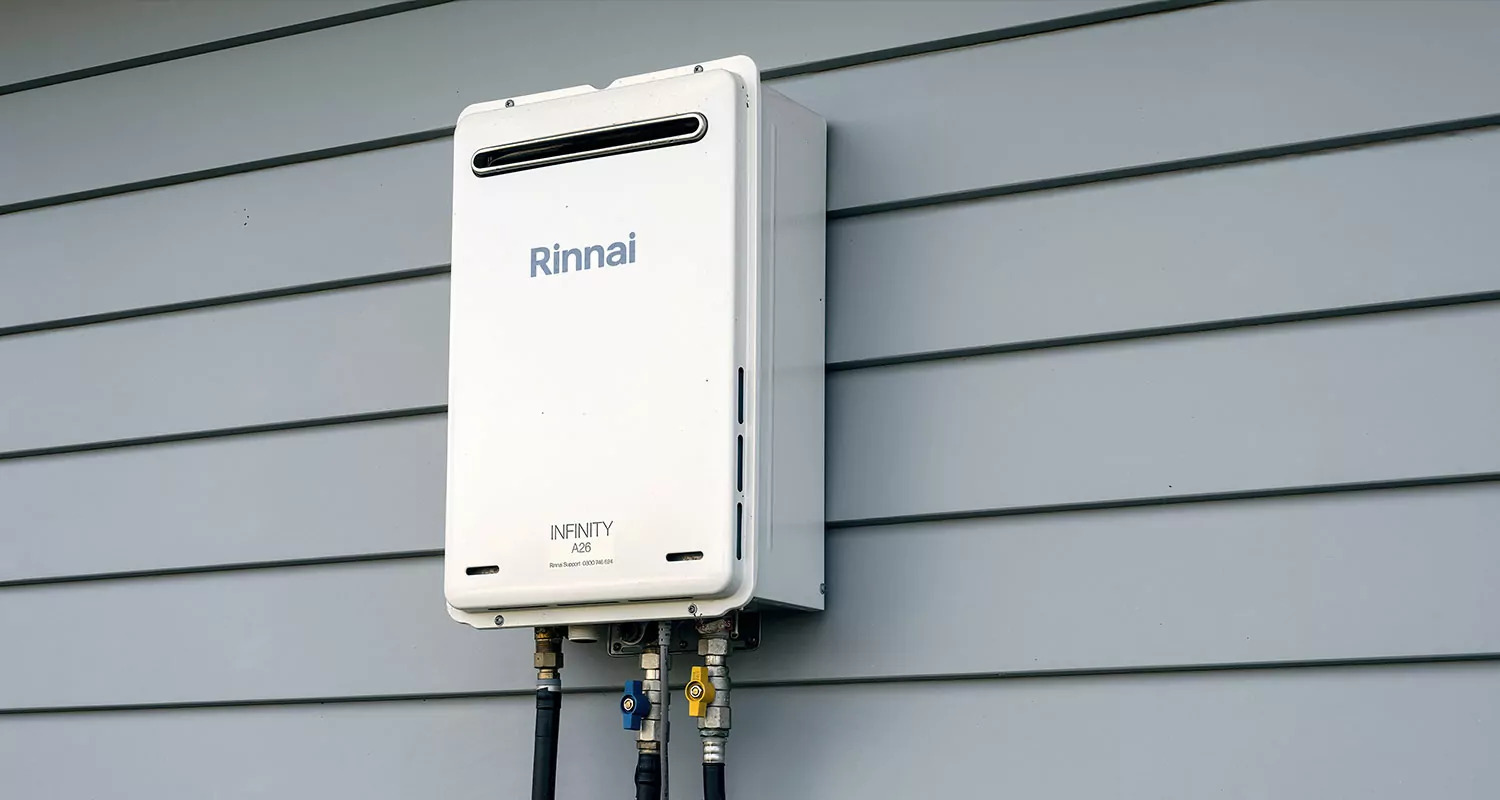
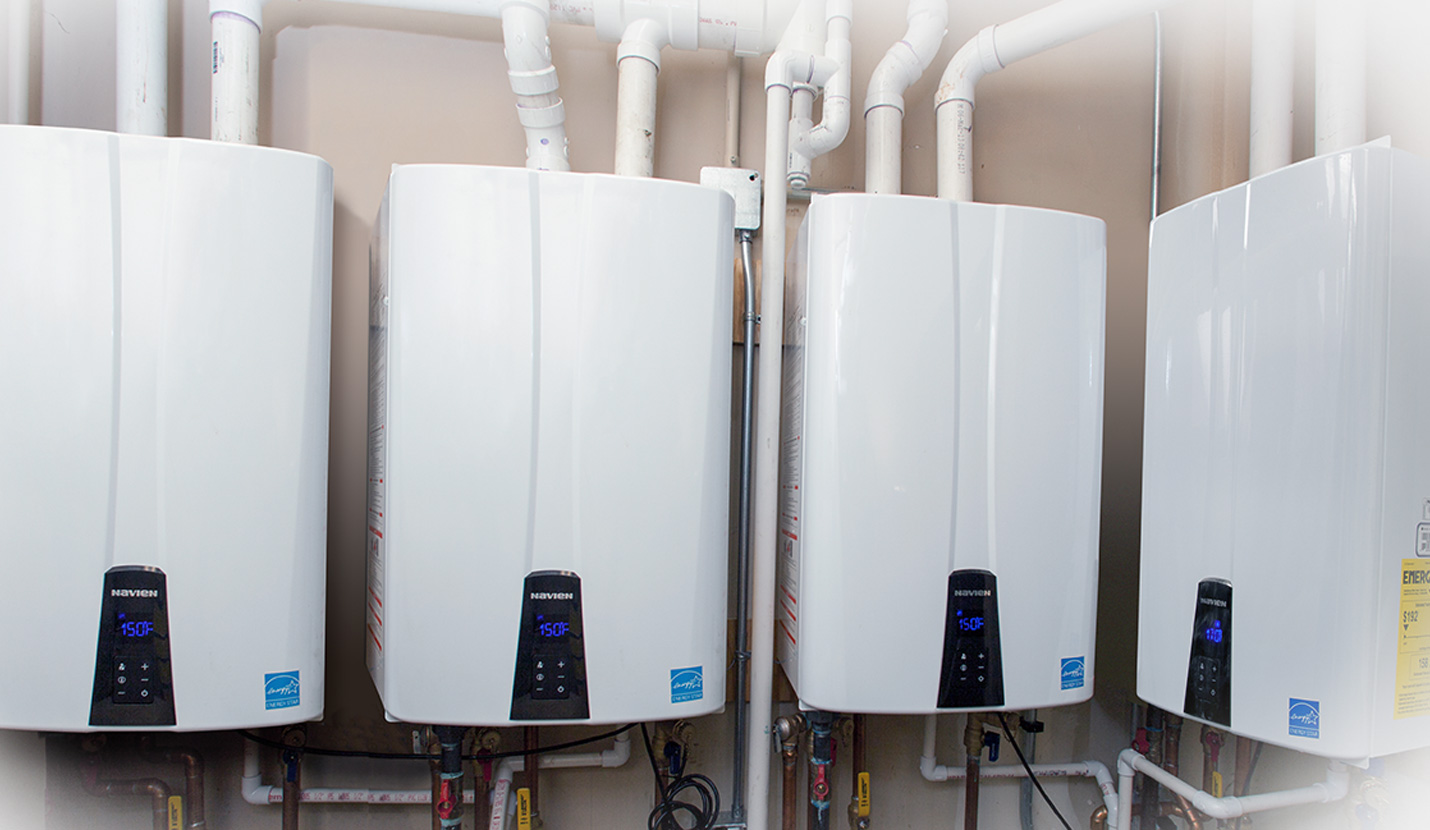
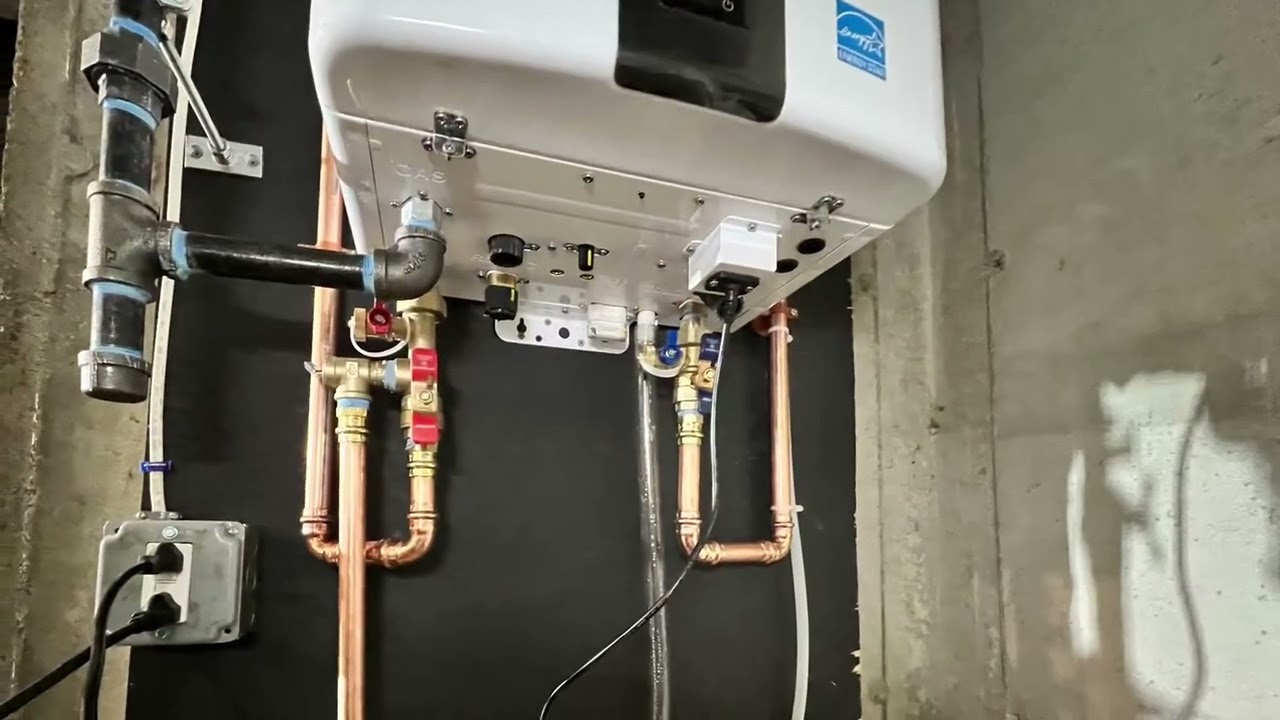
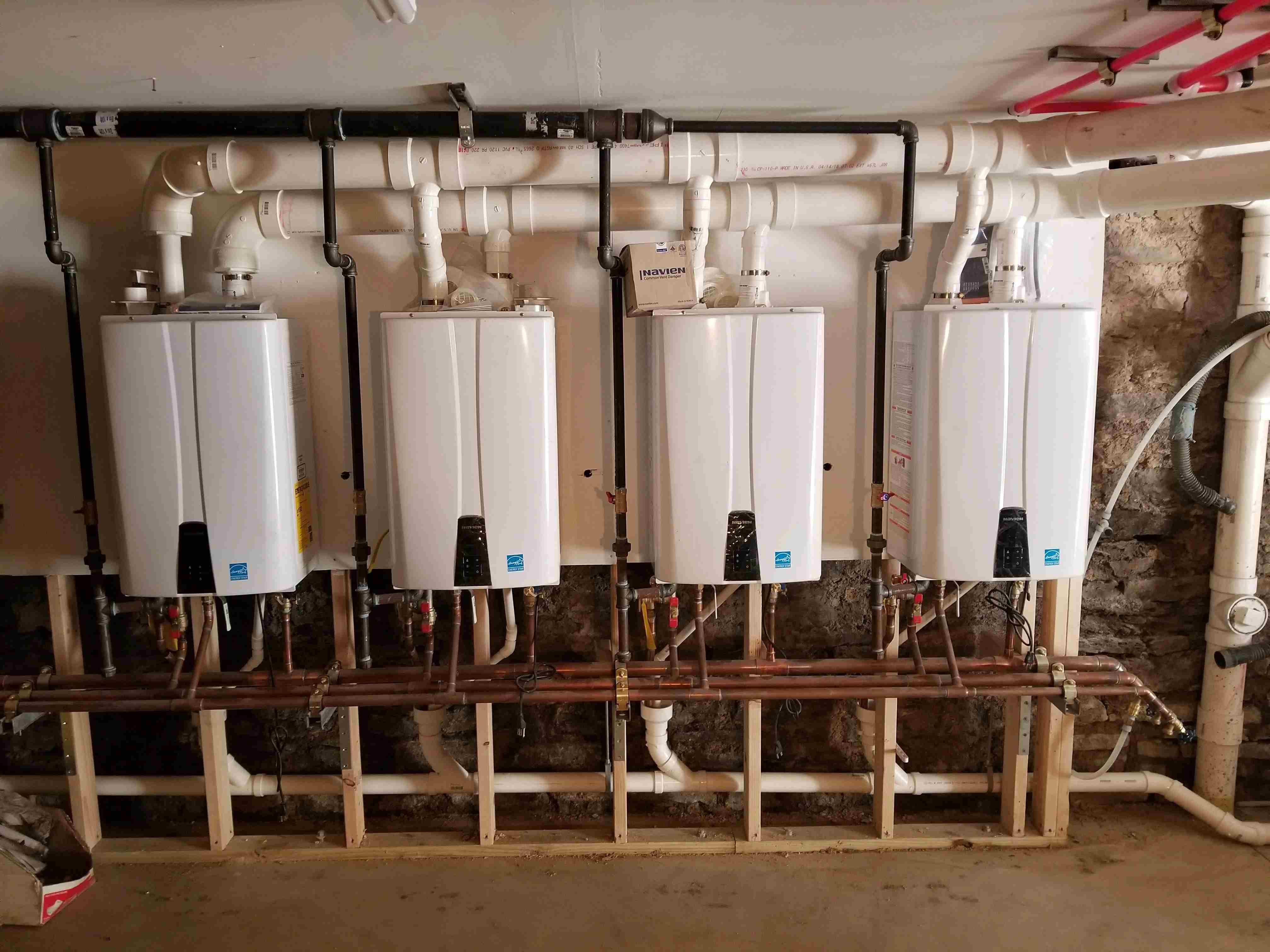
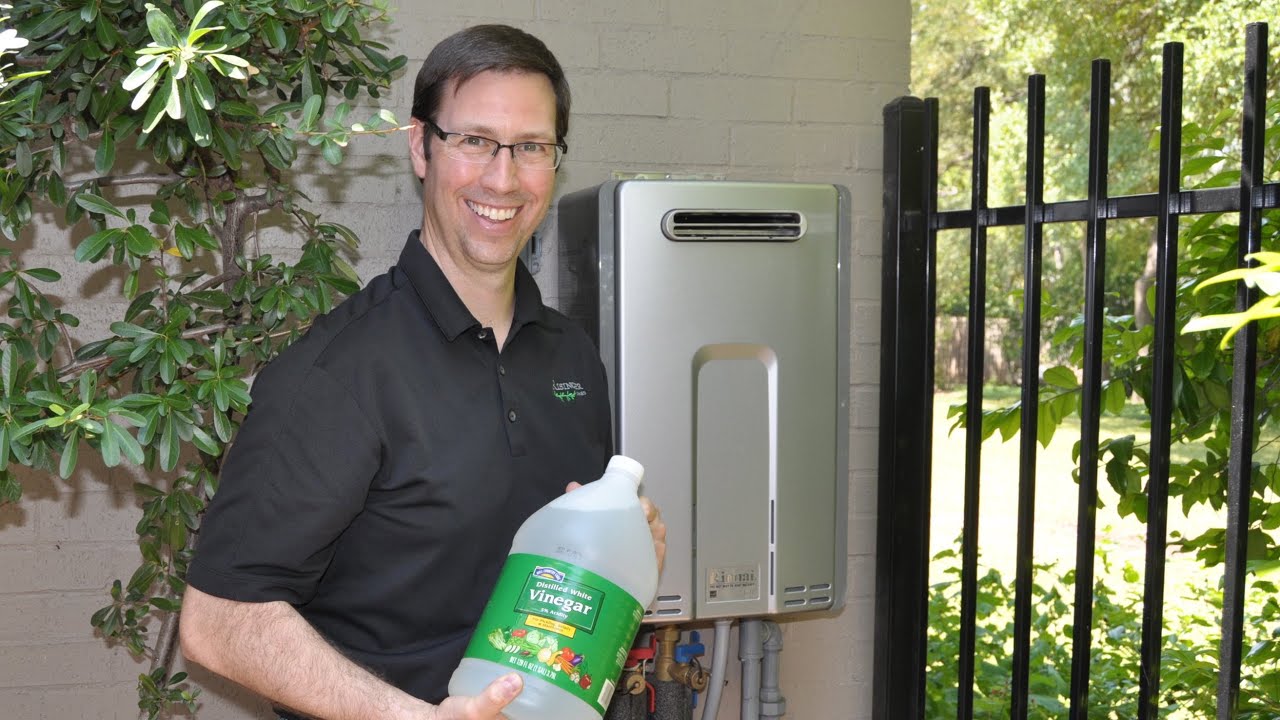
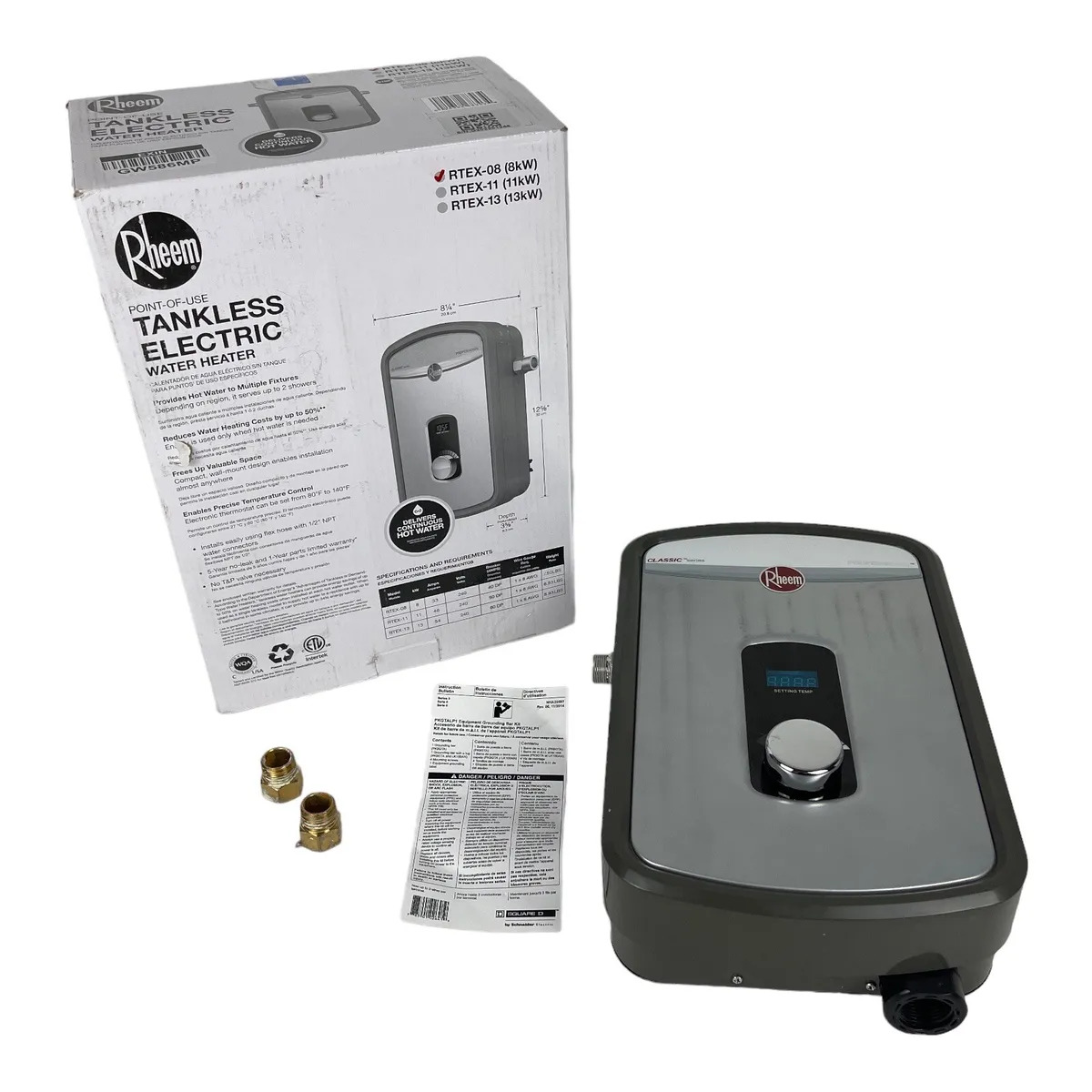
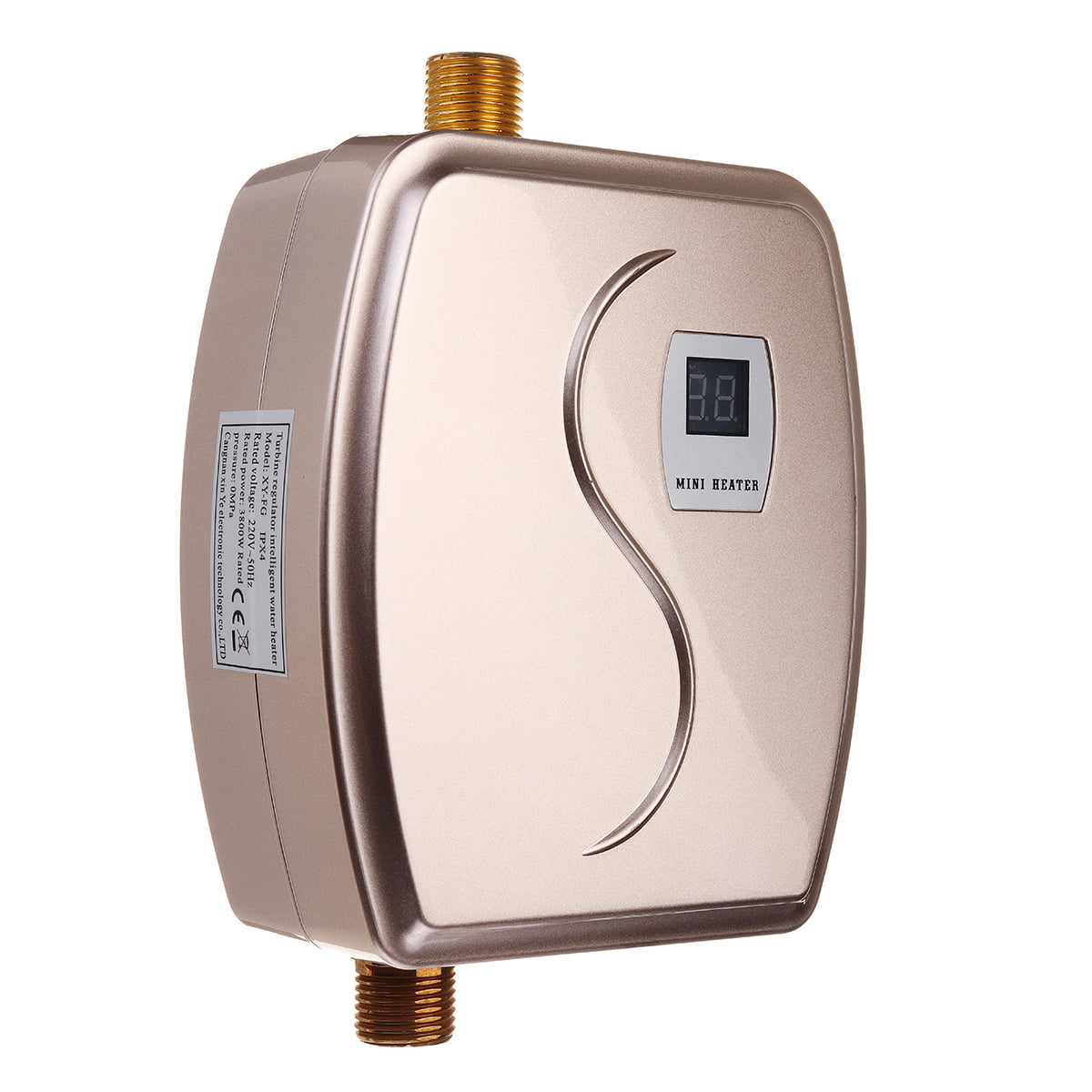
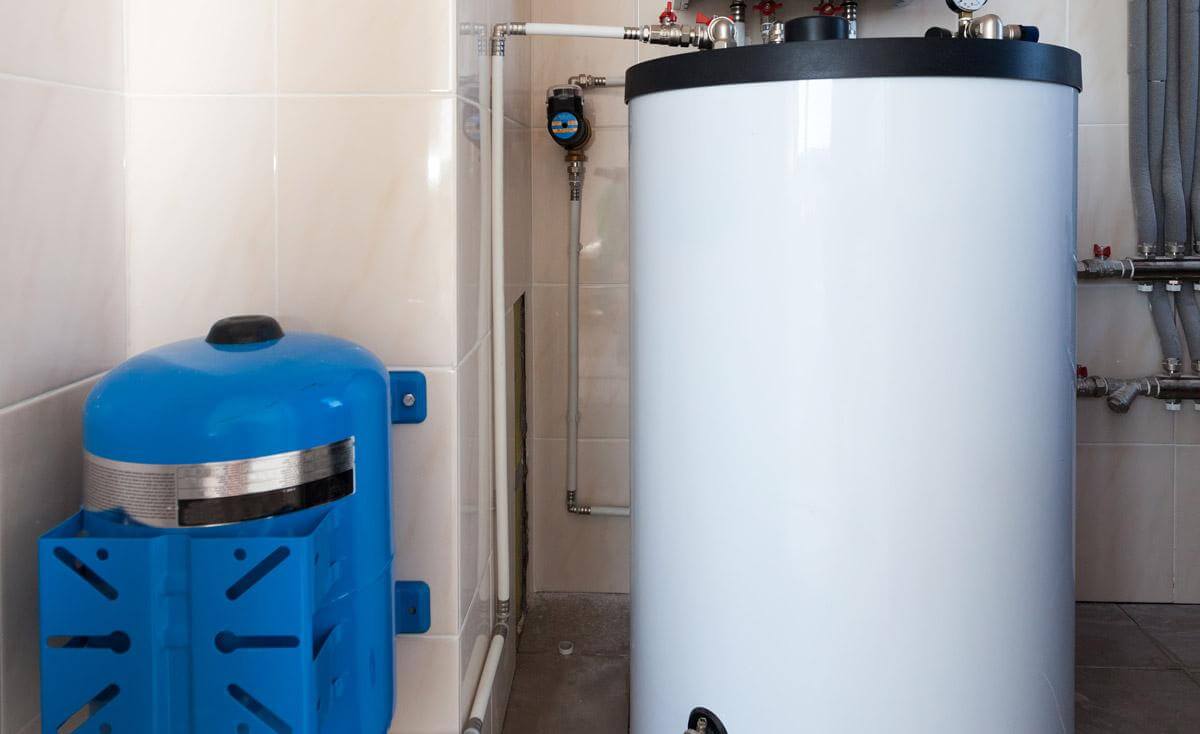

0 thoughts on “How To Install Outdoor Rinnai Tankless Water Heater”